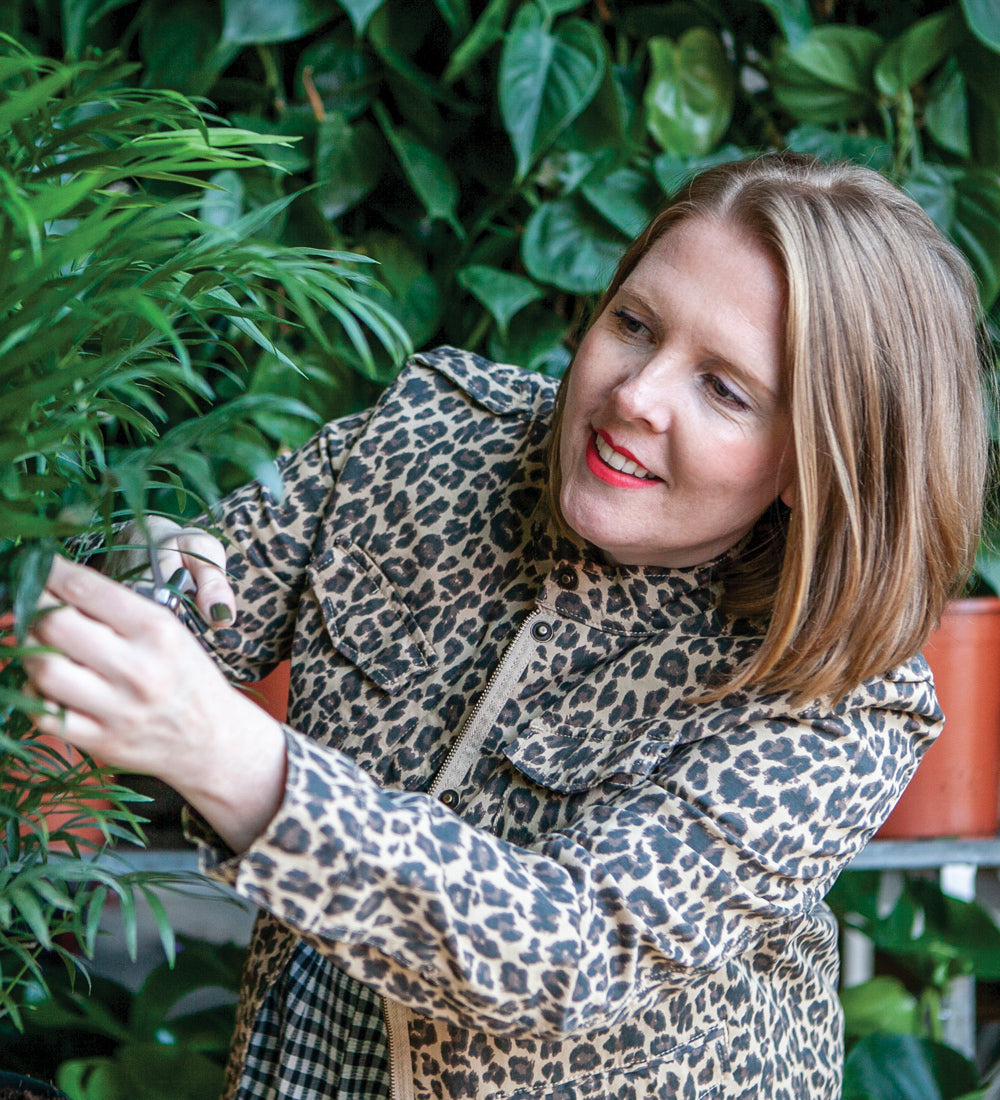
ask the plant folk #3
being a plant parent can sometimes be tricky, but we are always here to help!
Founder, Jo, is on hand to answer some of your most commonly-asked questions.
I've witnessed my plants drop their leaves, what is the reason for this?
Shock is the most common cause of leaf drop. Plants are sensitive souls, so if you suddenly change the conditions they’re used to (this can be anything from light to temperature) or if they’re adjusting to a new home – they can experience stress. The majority of the time, this is only temporary, and eventually, once your plant has settled and adjusted to the new environment, it’ll return to good health. Other causes of leaf drop include incorrect watering. A sign of overwatering is both yellowing leaves, or leaf drop. Whilst, underwatering and dry soil can cause plants to feel the need to conserve water, resulting in them dropping their foliage. A final reason for leaf drop is due to plants having outgrown their container, which is a sign that it’s time to repot them.
How can I keep my houseplants' leaves dust-free?
Green, luscious and shiny leaves are what we want for our houseplants. However, some types of greenery, in particular Rubber plants, Monsteras and Snake plants for example, have a waxy texture to their foliage tend to attract dust. Here’s how to keep their leaves looking their best: wipe them down gently with a damp cloth and lukewarm water. Support the leaves with one hand to avoid bruising or damaging them. Run a toothbrush from the base of the leaf to the tip to carefully dislodge dust and dirt. Don't use cold water when cleaning your plant as this can cause spotting on the leaves. Also avoid leaf shine or polishes as these can block your plant’s pores, interfering with its ability to breathe. Take your time and handle those leaves with care.
What are some signs that I'm overwatering my plants?
The phrase ‘kill them with kindness’ can be taken quite literally when applied to houseplants and overwatering. Too much water is the number one killer of plants – we know you didn’t mean to! Here’s three tell-tale signs to look out for if you suspect you have overdone it with the hydration – and how to remedy the issue.
Browning and discoloured leaves
A far cry from the luscious green foliage we had hoped for, overwatered plants will display their distress by turning brown. They’ll also be wilted, droopy and lifeless.
Dropping leaves
Whilst plants can drop their leaves for many reasons, including shock from being moved or sudden temperature changes, overwatering is another prominent cause of this.
Mould has started growing
If your plant’s soil remains consistently damp from being overwatered, this can lead to mould growing, not only on the surface but also on your plants as well.
How to remedy overwatering
- Stop watering it – allow any excess water to drain away into a saucer or through the drainage holes of the pot and give the soil time to dry out.
- Show it some shade – when a plant is overwatered it struggles to transport water to its upper leaves. As a result, the top part of the plant can be in danger of drying out if left in the sun.
- Try the newspaper trick – Remove your plant from its original pot and carefully place the root ball onto some old newspaper – this will absorb the excess water.